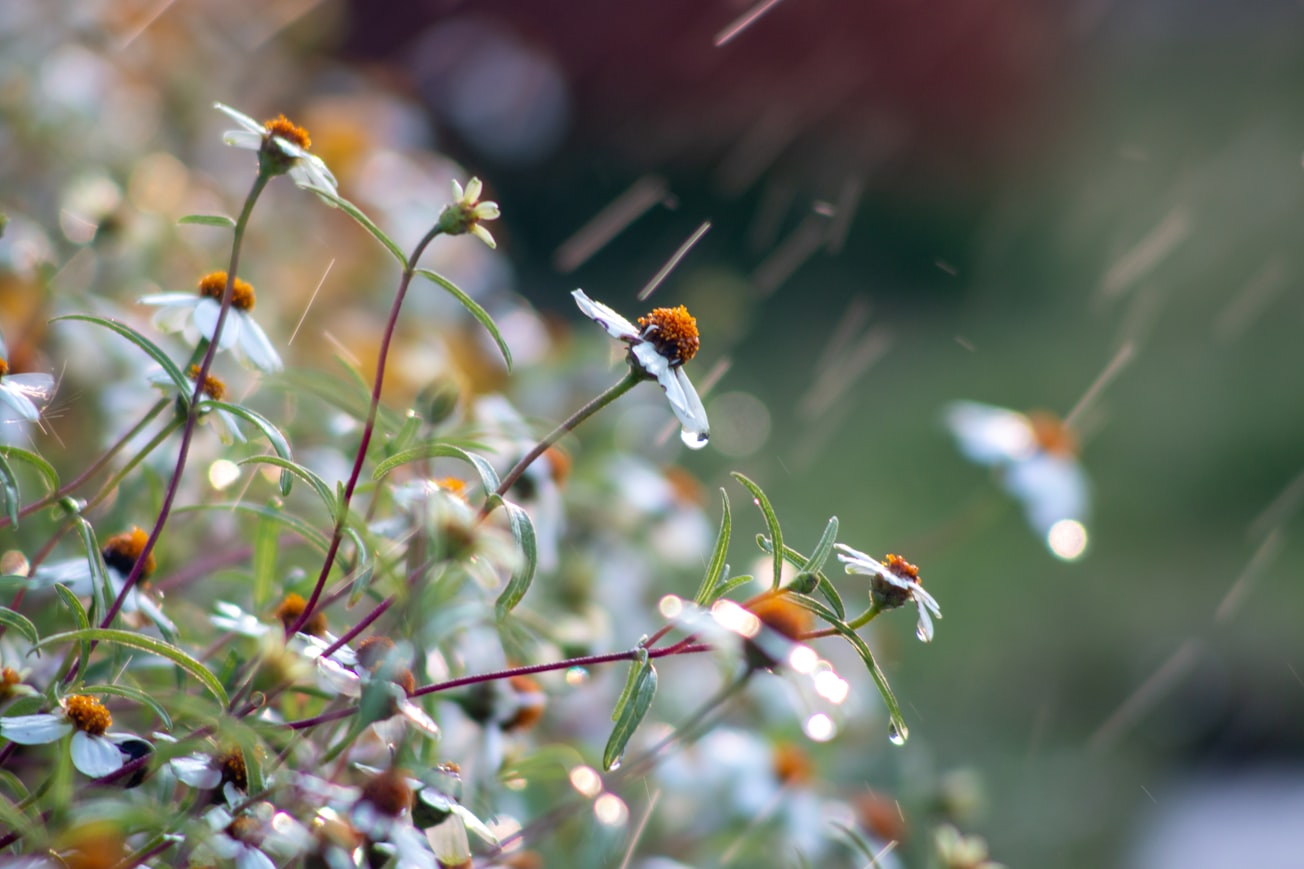What is it about?
Precipitation is one of the meteorological variables usually involved in the aerobiological studies, which presents a complex relationship with atmospheric levels of pollen and fungal spores and the temporal characteristics of their seasons. To better explore this impact, we place particular emphasis on extreme rainfall by calculating the correlation between airborne pollen and fungal spore parameters and the precipitation indices that the Expert Team on Climate Change Detection and Indices (ETCCDI) proposed for characterising climate extremes. Parameters for twenty-seven pollen and fungal spore taxa measured in six aerobiological stations in the NE Iberian Peninsula have been considered. Results show a positive influence from an increase in moderately extreme winter rainfall, specifically on subsequent pollen/fungal spore production.
Featured Image

Photo by Leslie Joseph on Unsplash
Why is it important?
The seasonal consideration on rainfall ETCCDI made with the aim to avoid the confounding overlapping of different rainfall impacts has led to more sharpened observations of its positive and negative effects on airborne pollen and fungal spore concentrations.
Read the Original
This page is a summary of: A study on correlations between precipitation ETCCDI and airborne pollen/fungal spore parameters in the NE Iberian Peninsula, International Journal of Biometeorology, March 2022, Springer Science + Business Media,
DOI: 10.1007/s00484-022-02267-5.
You can read the full text:
Resources
Contributors
The following have contributed to this page







